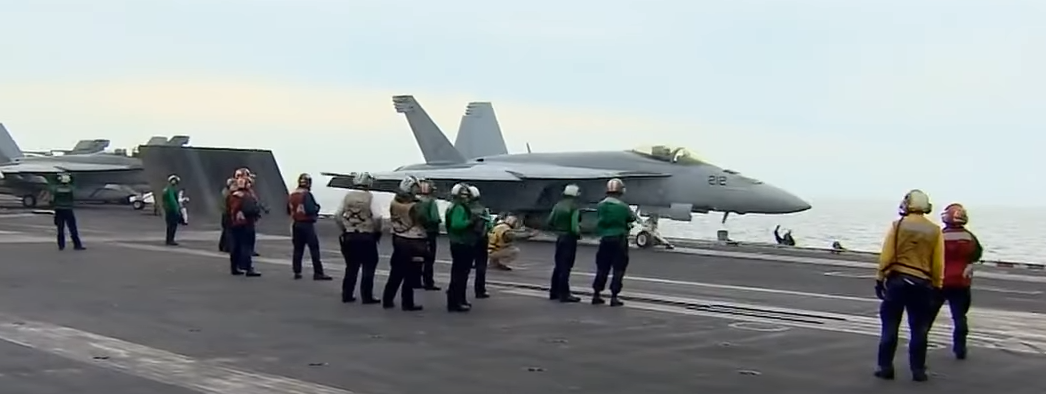Elevated Tensions in the Middle East
The Middle East is becoming a hotspot of tension, and it’s not just due to the high summer temperatures. The Pentagon recently announced a considerable increase in U.S. military presence in the region. This action is seen as a protective measure designed to shield Israel from potential threats posed by Iran and its allies. The current state of affairs has many on edge, concerned about the possibility of a larger, more destructive conflict erupting.
Boosted Military Presence: What’s Unfolding?
Defense Secretary Lloyd Austin has commanded a significant military expansion in the Middle East. This includes deploying additional ballistic missile defense-capable cruisers and destroyers to the region, along with an extra fighter jet squadron. The USS Abraham Lincoln aircraft carrier strike group is also en route to replace the USS Theodore Roosevelt, ensuring the maintenance of a potent naval presence in the area.
Iran’s Threats and Actions
The backdrop to this military surge is Iran’s recent threats and actions. Following the assassination of a top-ranking Hamas leader, Iran and its proxies have pledged retaliation. Iran’s Revolutionary Guards have forewarned of a “severe” response – a threat that carries weight given Iran’s history of backing militant groups and its involvement in previous conflicts.
The US Commitment to Israel
In response to these threats, President Biden has reaffirmed his strong support for Israel. During a recent discussion with Israeli Prime Minister Benjamin Netanyahu, Biden underscored America’s commitment to defending its ally. In the same vein, Defense Secretary Austin assured Israeli Defense Minister Yoav Gallant of the U.S.’s unwavering support for Israel’s security.
Efforts to Prevent Wider Conflict
While the U.S. is bolstering its military presence, it’s also striving to prevent a broader conflict. Secretary Austin has emphasized that the U.S. is not merely focused on supporting Israel but also on reducing tensions in the region. The goal is to advocate for a ceasefire and engage in negotiations to bring hostages home and end the ongoing war in Gaza.
The Broader Implications
This escalation in military forces and heightened tensions occur at a time when the region is already under strain. The recent assassinations of Hamas and Hezbollah leaders have further exacerbated the situation. Adding fuel to the fire, the U.S. is still grappling with the repercussions of Iran’s missile and drone attacks from earlier this year, which targeted Israel.
The Potential for a Wider Conflict
The current scenario is deeply troubling. The U.S. military buildup, coupled with Iran’s aggressive posture and recent threats, raises concerns about the potential for a broader war. The Middle East has always been a volatile region, and the increased military presence could either discourage further aggression or ignite more substantial hostilities.
Concluding Remarks
The latest developments in the Middle East are disconcerting, indicating a potential escalation that could impact not just the region but global stability as well. With Iran’s threats and the heightened U.S. military presence, the likelihood of a wider conflict seems increasingly possible. It’s a situation that demands close scrutiny and vigilant monitoring.
We welcome your insights. Do you believe the U.S. military buildup will help avert a larger conflict, or is it a step towards an even bigger crisis? Please share your views in the comment section below.
Source: Red Right Updates!




Leave a Comment